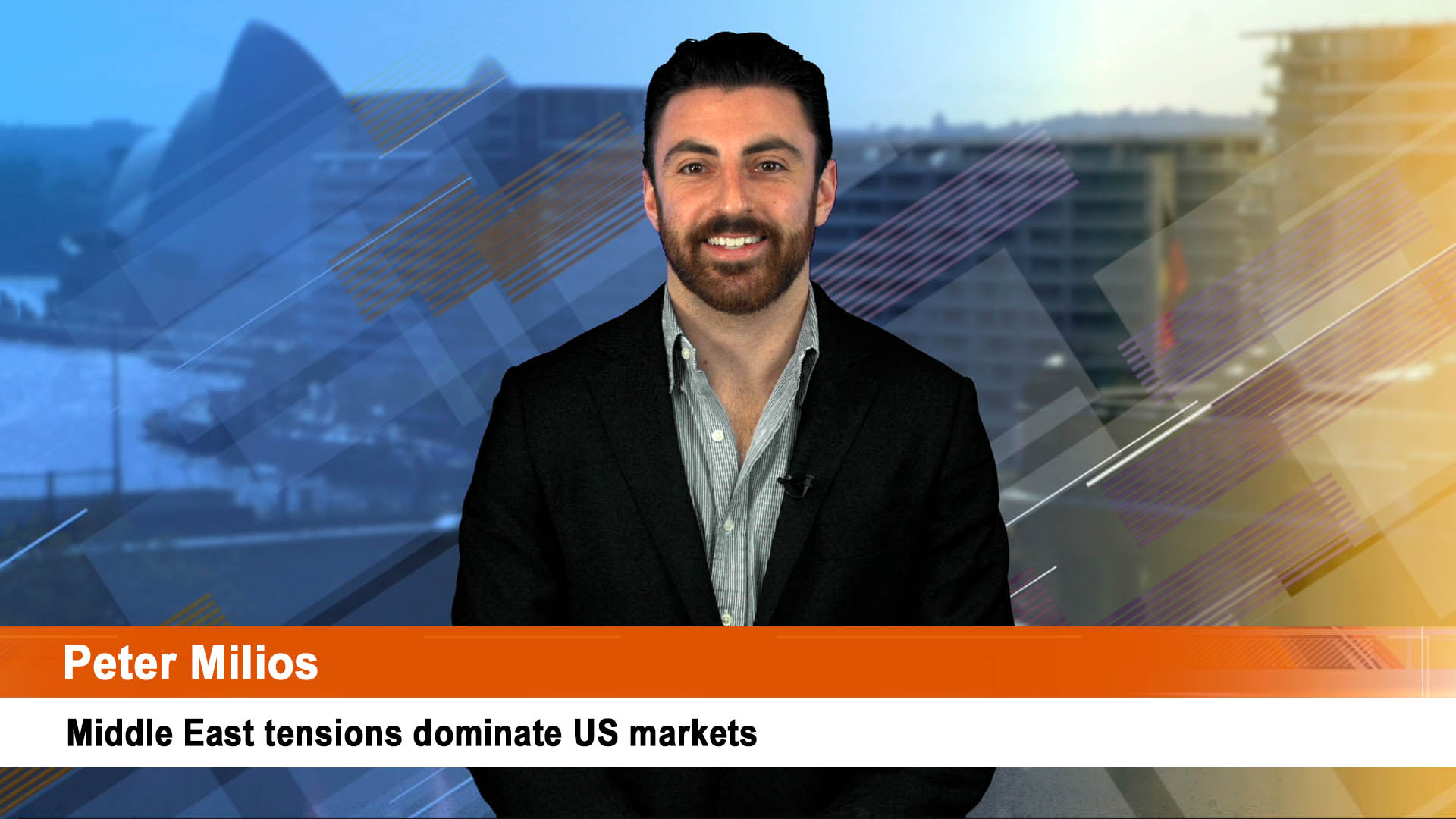Wall Street climbed on Monday and the S&P 500 moved closer to clinching its biggest quarterly gain since 1998 as investors ignored climbing COVID-19 infections and deaths to hope for a stimulus-backed economic rebound.
That was despite a warning from Californian Governor, Gavin Newsome that LA County, the biggest in the state, could return to lockdown shortly because of the continuing rise in infection rates.
Boeing shares jumped 14% to help boost the blue-chip Dow as trials began on its revamped 737 Max passenger jet that has been grounded for more than five months.
Confirmed COVID-19 cases worldwide rose past 10 million and deaths topped 500,000 on Sunday. The relentless spread of the new coronavirus in the United States, Latin America, and elsewhere has curbed confidence that the pandemic is under control.
That, in turn, has led to fears about the health of the global economy and raised worries that some reopening plans will be delayed. But not on Monday, although the 2% plus rise in the Dow was due to the rise in Boeing – other markets rose but by just over 1%.
The day’s rises had a hint of desperation about them as investors grasped at straws – for example, a solid rise in house sales.
The Dow rose 580.25 points, or 2.32%, to 25,595.8, the S&P 500 added 44.19 points, or 1.47%, to 3,053.24 and the Nasdaq Composite was up 116.93 points, or 1.2%, to 9,874.15.
A spike in virus infections in Southern and Western states last week sent the S&P 500 down nearly 3%, but investors continue to hope that the threat of a deep recession will see more stimulus measures from the Federal Reserve or Congress. However, the latter will not be looking at this issue until later in July.
The boost on Wall Street reversed earlier losses in the S&P 500 futures market in Asian trading. That helped produce a 1.5% slide in the ASX 200 yesterday but that could be reversed today if the 70 point rise in the ASX 200 futures market translate to a sustainable opening and session.
Figures out Monday showed contracts to buy previously owned homes rose by the most on record in May, suggesting the housing market is recovering. Later this week, investors will focus on employment data for June which will be a major test of confidence.
West Texas Intermediate crude for August rose $US1.21, or 3.1%, to settle at $US39.70 a barrel in New York, following a 3.4% fall last week.
In Europe, Brent oil for August delivery added 69 cents, or 1.7%, at $US41.71 a barrel after last week’s 2.8% slide. The August contract expires at the end of Tuesday’s session.
Against the backdrop of Wall Street’s gains, August gold on Comex rose 90 cents, or 0.05%, to settle at $US1,781.20 an ounce, after its third weekly rise in a row last week.
The front-month July silver fell 5 cents, or 0.3%, at finish $US17.98 an ounce, while September silver which is the most-active contract, lost 10 cents, or 0.6%, to settle at $US18.064. Comex September copper futures added 0.5% to end at $US2.6925 a pound.
In Australia, local sentiment won’t be helped today by a sharp fall in iron ore prices on Monday.
Seaborne iron ore prices fell reflecting heavy rainfall in several parts of China (which saw transport links damaged) and fresh pollution control restrictions imposed on mills in Tangshan (a major steel-making centre in China) for the month of July.
That saw the price of 62% Fe fines delivered to northern China fall 3.5% ($US3.49) to $US99.85, the first time in more than three weeks that the price has been under $US100 a tonne.












